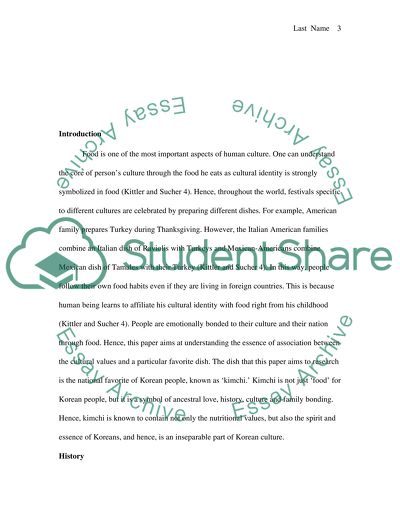Cite this document
(“Kimchi: The Essence of Korean Culture Research Paper”, n.d.)
Retrieved from https://studentshare.org/history/1439783-about-kimchiexwhat-does-kimchi-mean-to-korean
Retrieved from https://studentshare.org/history/1439783-about-kimchiexwhat-does-kimchi-mean-to-korean
(Kimchi: The Essence of Korean Culture Research Paper)
https://studentshare.org/history/1439783-about-kimchiexwhat-does-kimchi-mean-to-korean.
https://studentshare.org/history/1439783-about-kimchiexwhat-does-kimchi-mean-to-korean.
“Kimchi: The Essence of Korean Culture Research Paper”, n.d. https://studentshare.org/history/1439783-about-kimchiexwhat-does-kimchi-mean-to-korean.


